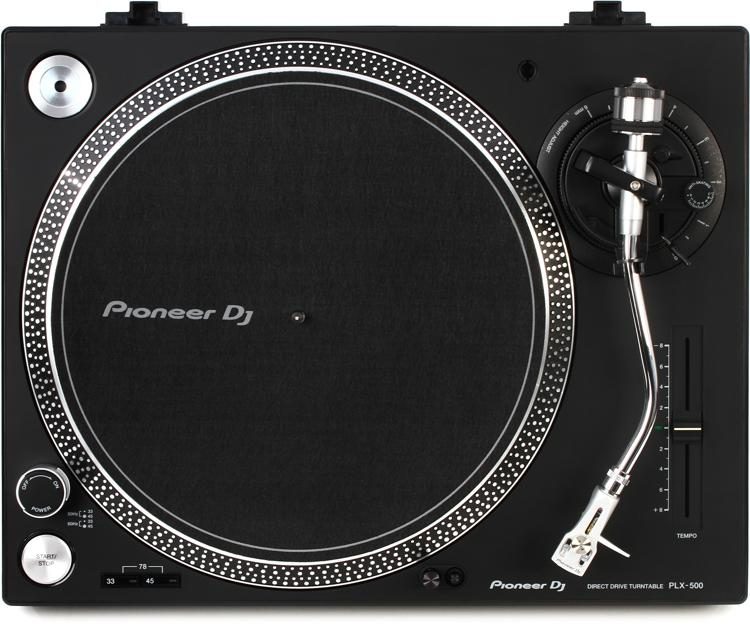Day 18
In furtherance of the copyright discussion, this class’ main focus was sampling: what it is and its legality.
 Sampling – the grabbing of a small piece of audio and replaying it somewhere else (class definition). This is popularly done with a form of compression. There are two types of compression in this regard, the first of which pertains to data: making a computer file smaller. This could be done due to Claude Shannon, the smart guy from one of my earlier posts. He was able to diminish the redundancies in the English language, then created some randomized words, some of which resembled an actual sentence someone might speak. This same process is used for compressing digital technology. Today, we notice that it’s easy to transfer files (say an attachment to an email), barring the split second it takes to load. What’s it doing while the loading circle appears? A lot of times, it’s compressing; yet when reopened later, there seems to be no change from the original format.
Sampling – the grabbing of a small piece of audio and replaying it somewhere else (class definition). This is popularly done with a form of compression. There are two types of compression in this regard, the first of which pertains to data: making a computer file smaller. This could be done due to Claude Shannon, the smart guy from one of my earlier posts. He was able to diminish the redundancies in the English language, then created some randomized words, some of which resembled an actual sentence someone might speak. This same process is used for compressing digital technology. Today, we notice that it’s easy to transfer files (say an attachment to an email), barring the split second it takes to load. What’s it doing while the loading circle appears? A lot of times, it’s compressing; yet when reopened later, there seems to be no change from the original format.
 There are a lot of songs that have been sampled, and more that include these samples (access WhoSampled to see these for the past couple years). Genre’s such as rap and hip-hop originated through samples, using turntables and earlier technology.
There are a lot of songs that have been sampled, and more that include these samples (access WhoSampled to see these for the past couple years). Genre’s such as rap and hip-hop originated through samples, using turntables and earlier technology.
That is, until the court case of Bridgeport Music vs Dimension Films outlawed sampling without penalty. This court case set the precedent that it is illegal to take anything from a recording unless the original owner is paid, based on the premise that a collage of music does not qualify as an original creation. In terms of intellectual property copyright, anything utilizing another source is illegal, unless given permission and providing compensation for the original source. While I agree that the original artists deserve their credit, I also believe that one can create their own personal creation out of another’s, by using it as inspiration. A good friend of mine from my hometown is an aspiring author. She once told me that all of her ideas were hodgepodges of many tv shows, books, folktales, and anything else she may have heard or read, given some flare and her own personal twist. Does that make her stories unoriginal?
For those wondering as to the second type of compression, please read the Day 20 post.
Leave a Reply